The Skeletal System: Structure, Function, and Diseases

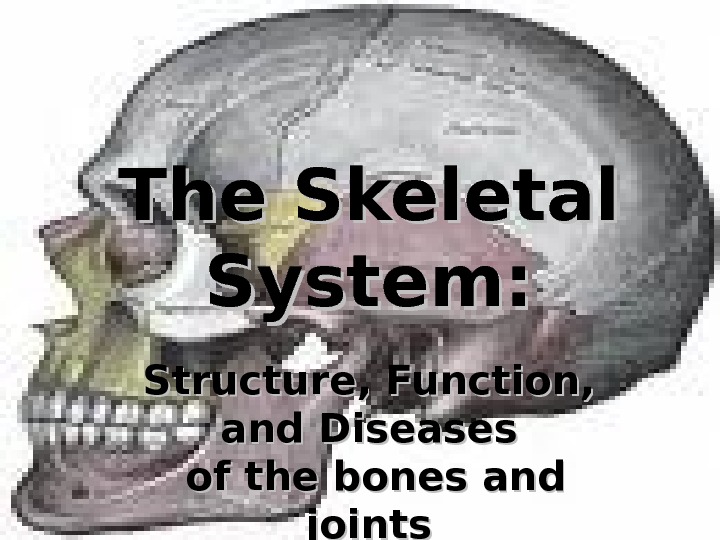
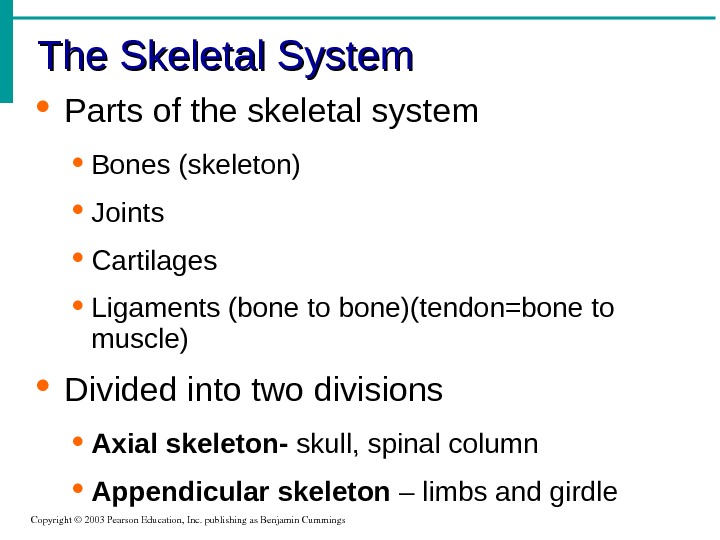
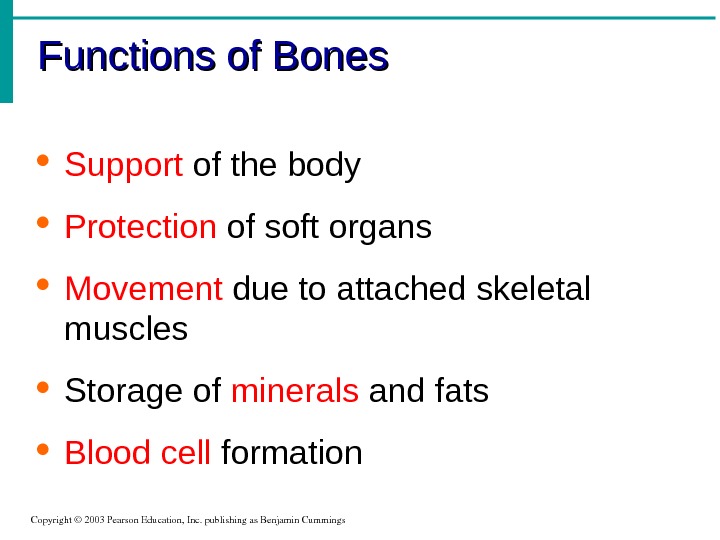
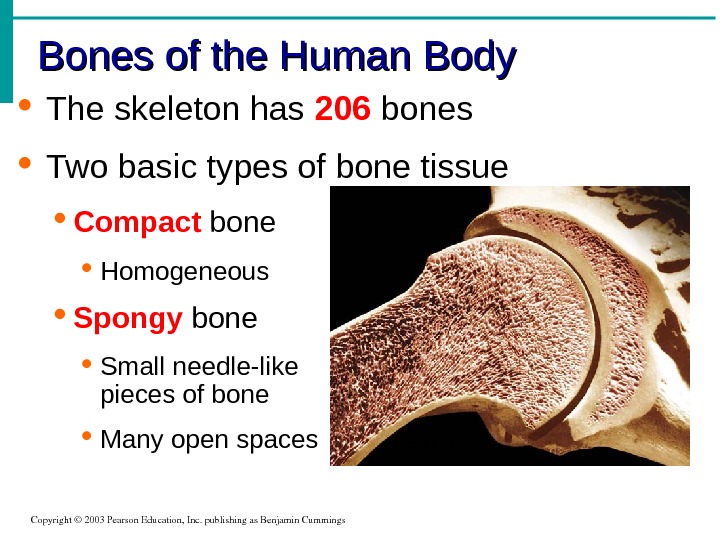
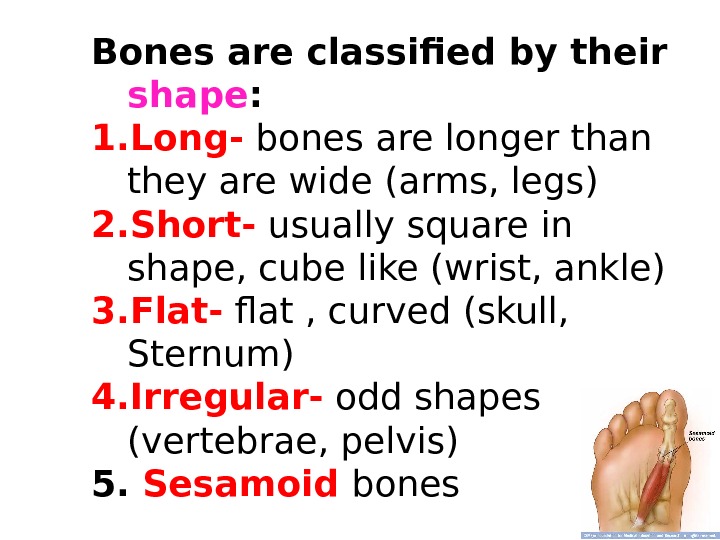
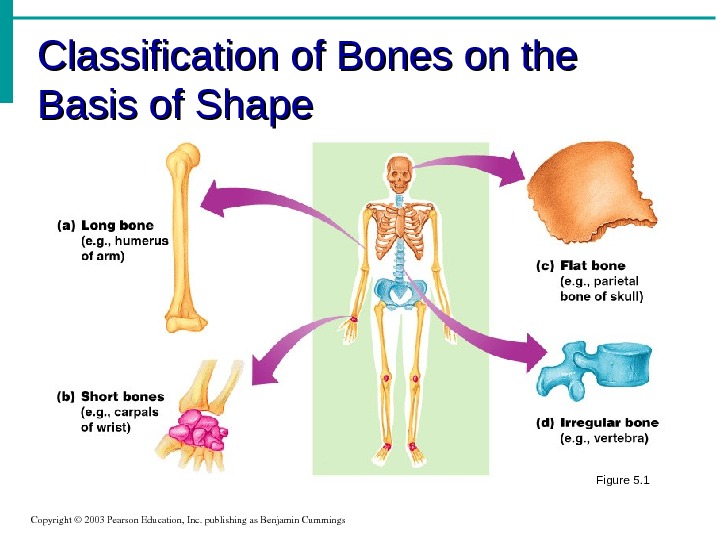
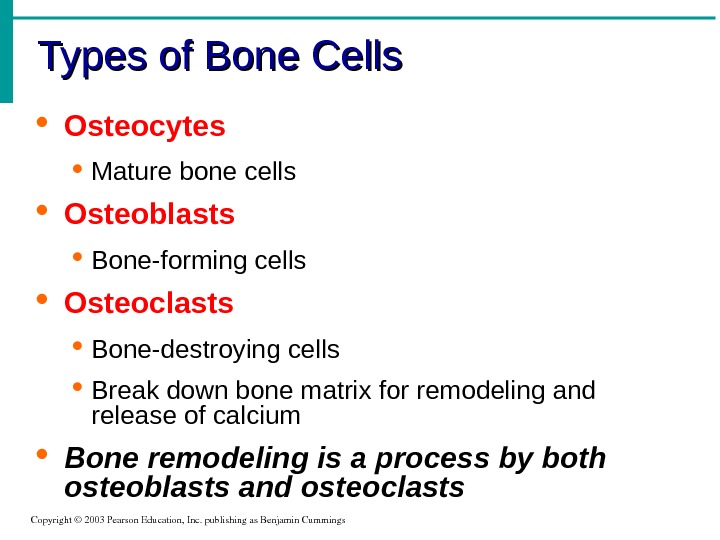
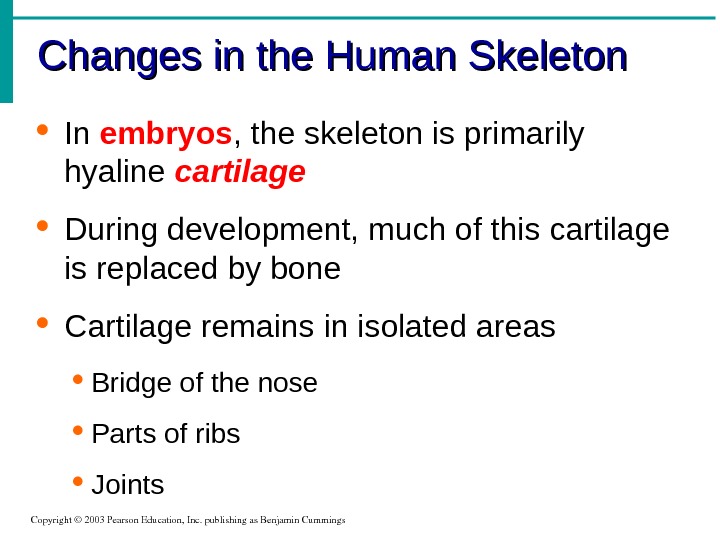
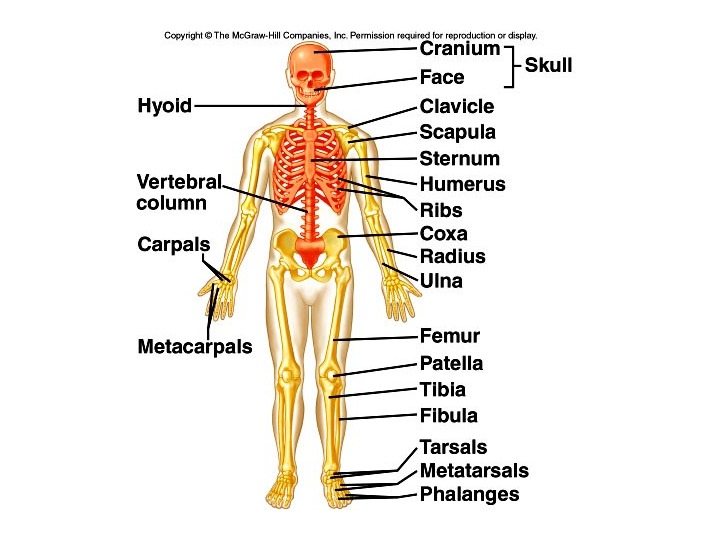

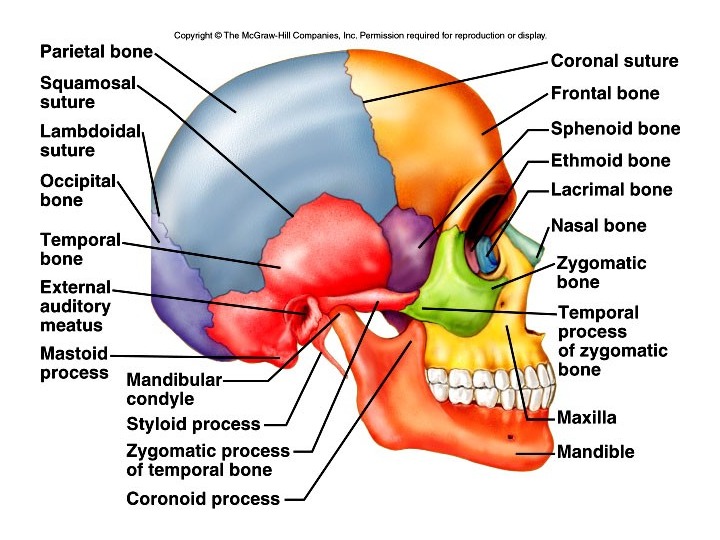
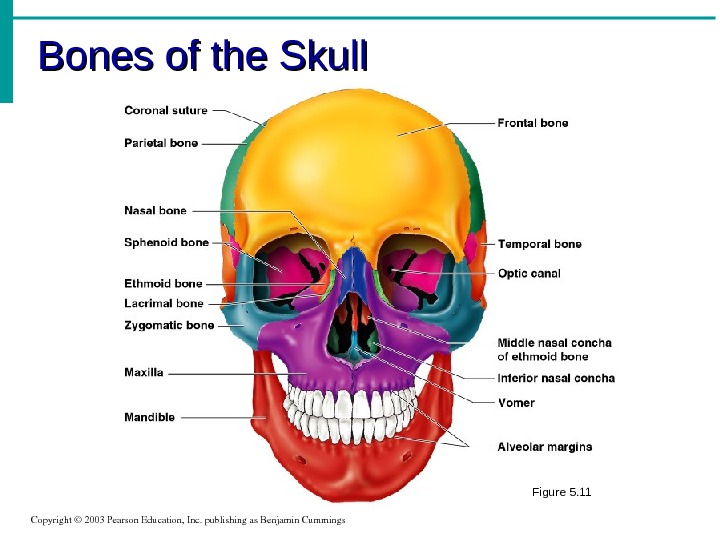
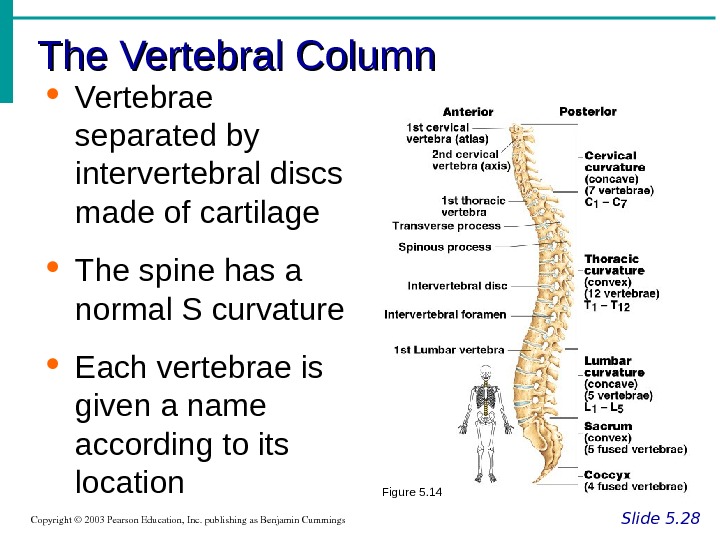
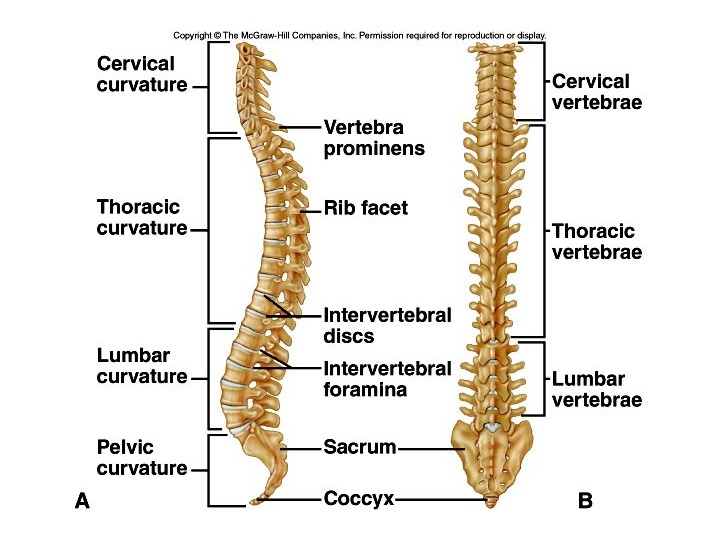
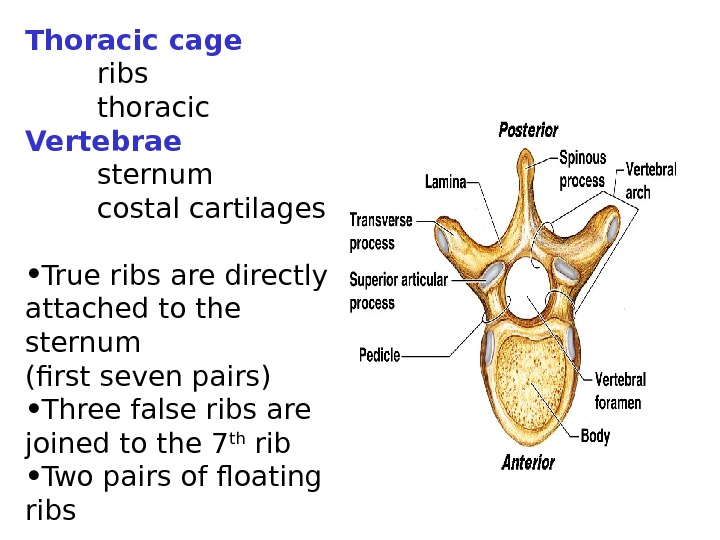
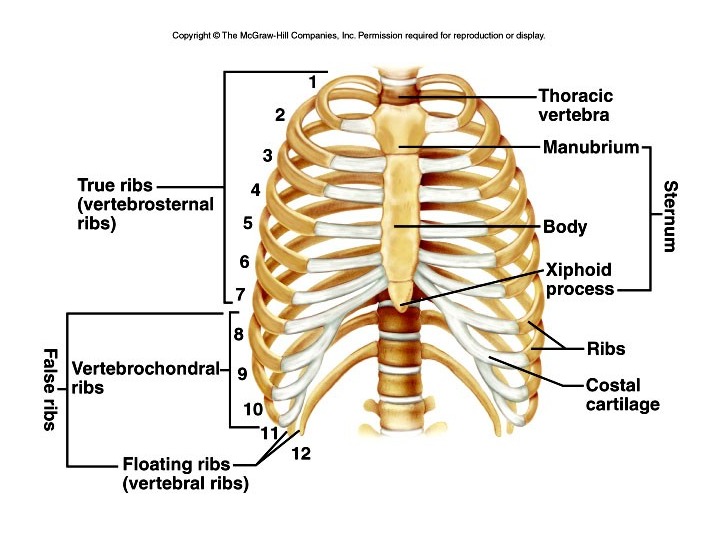
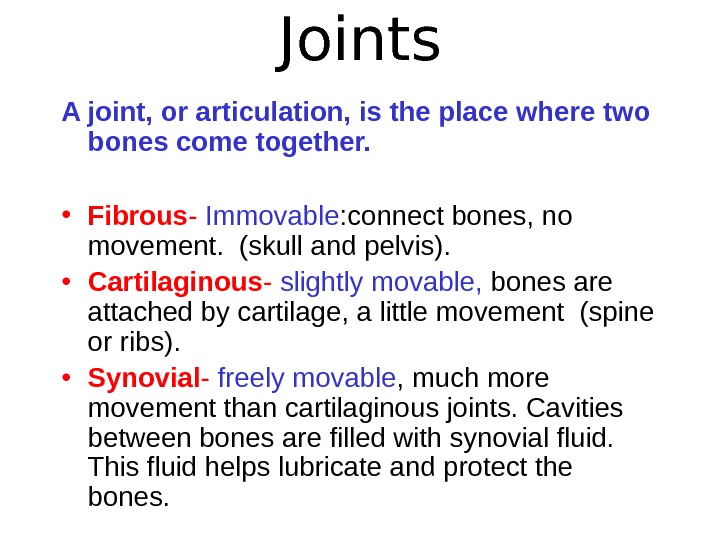
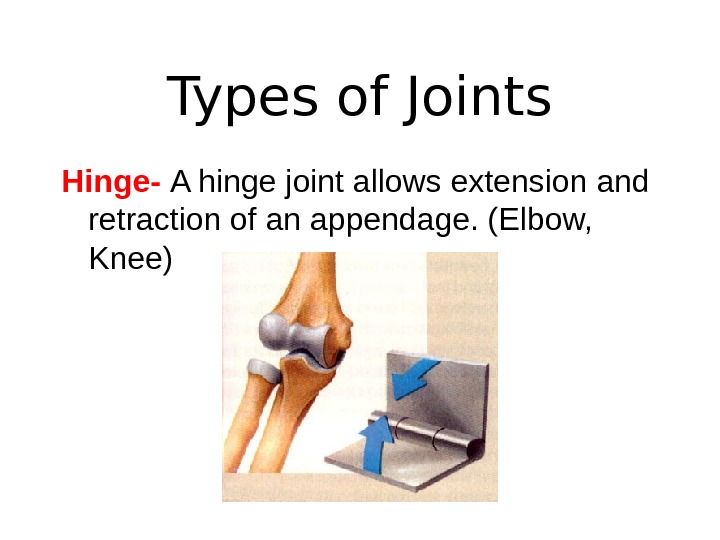
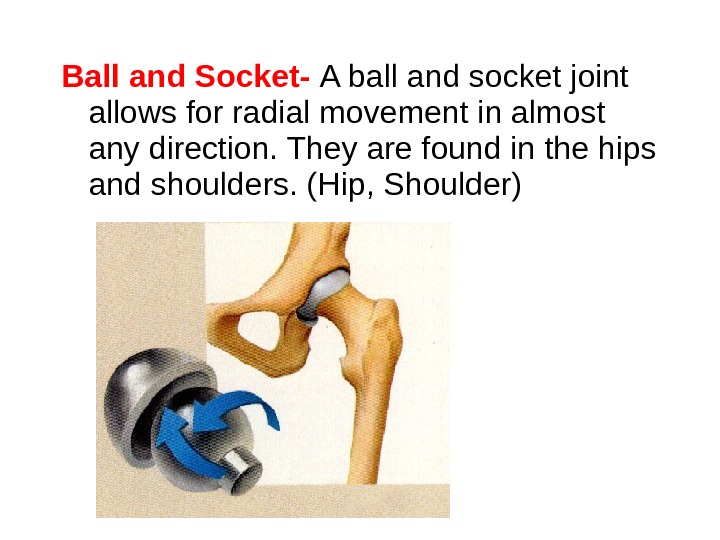
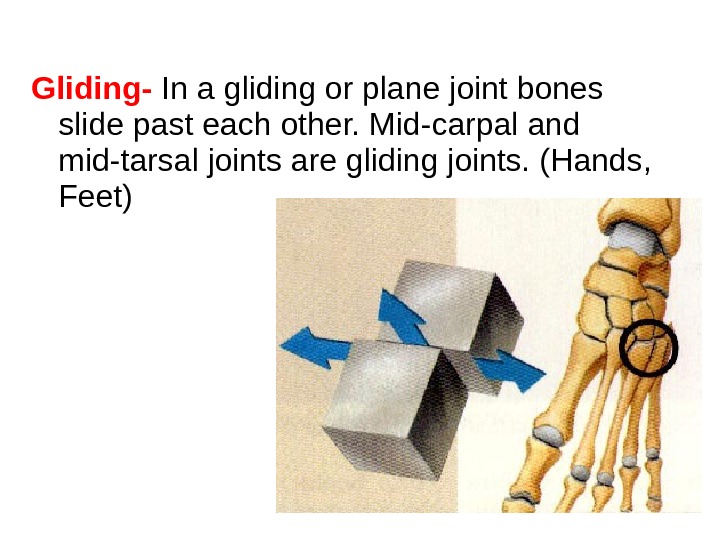
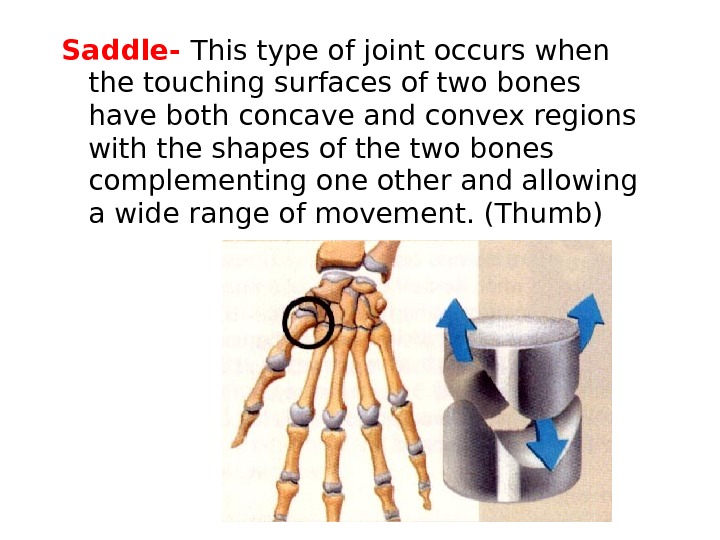
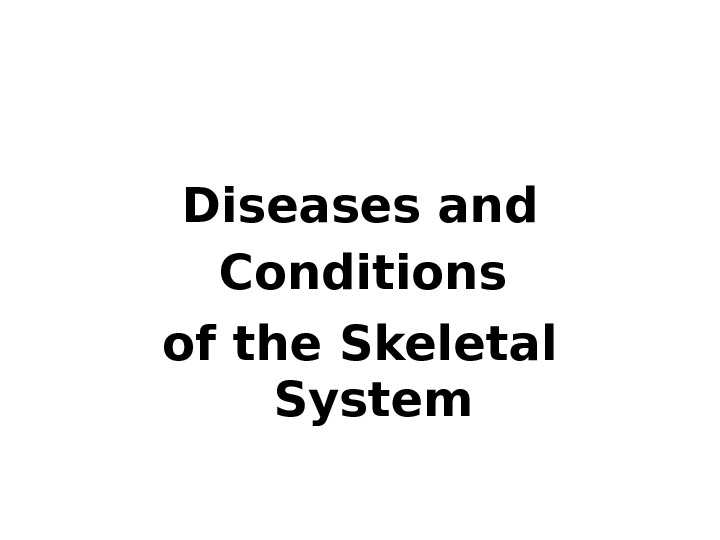
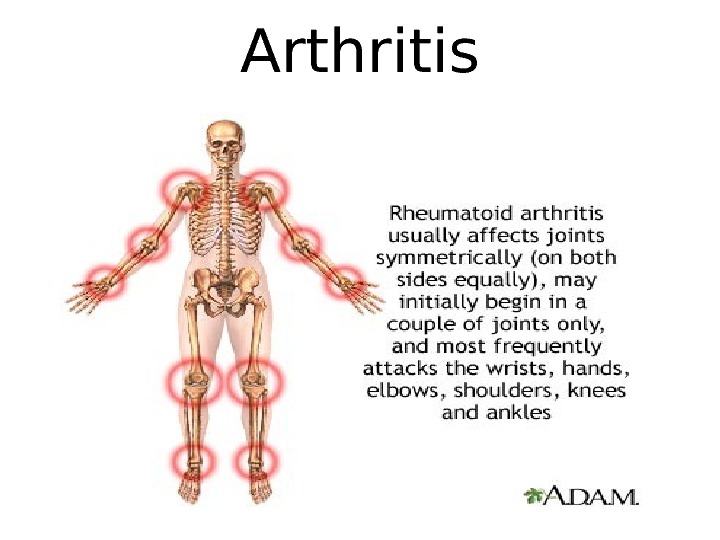
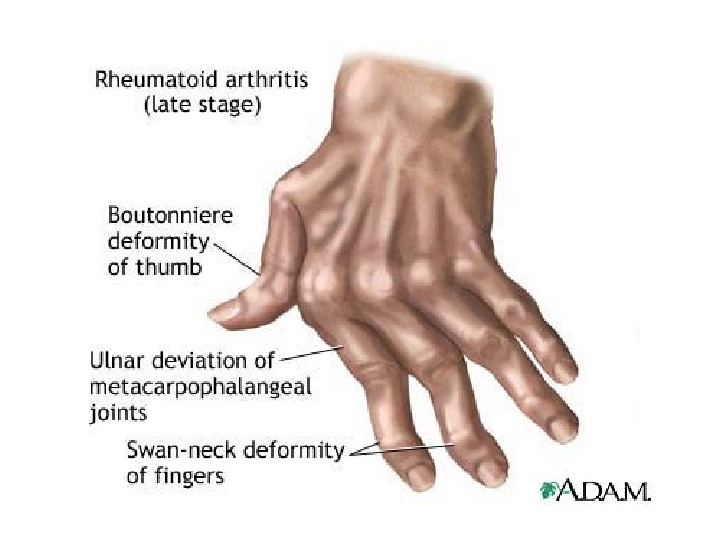
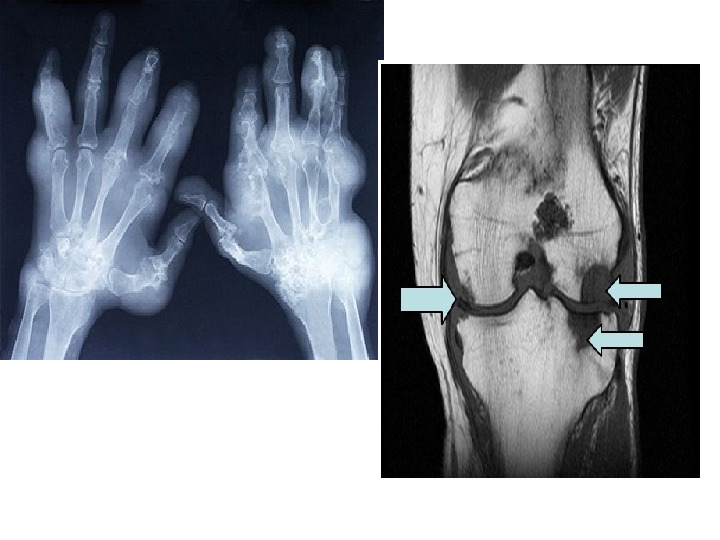
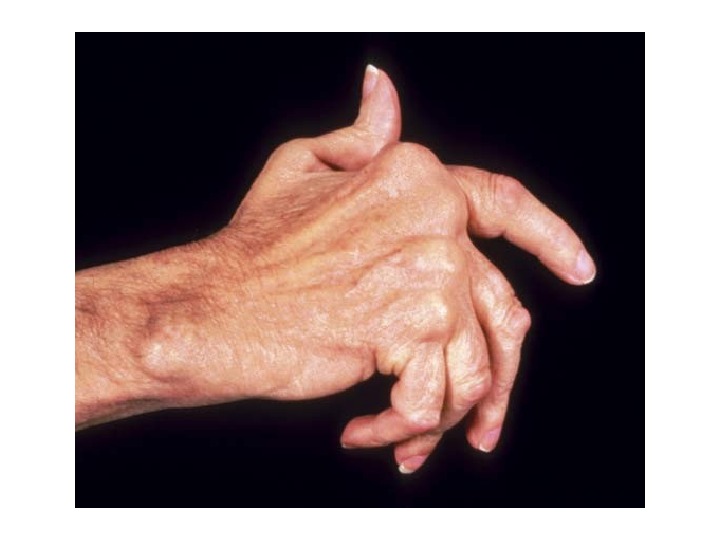
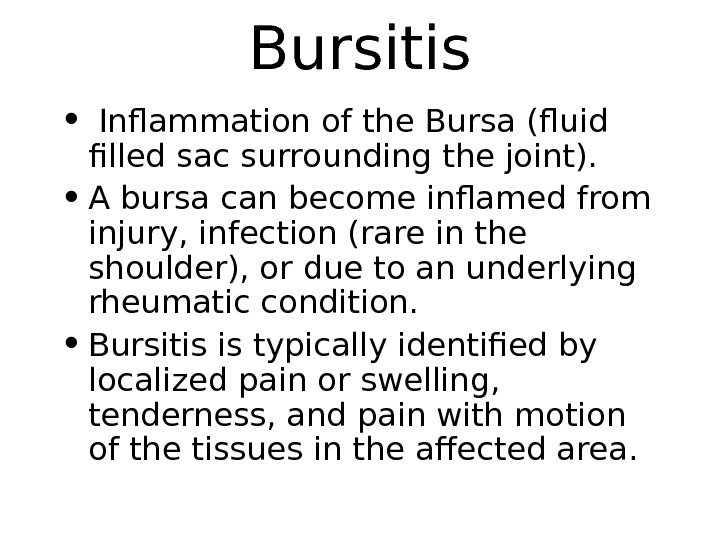
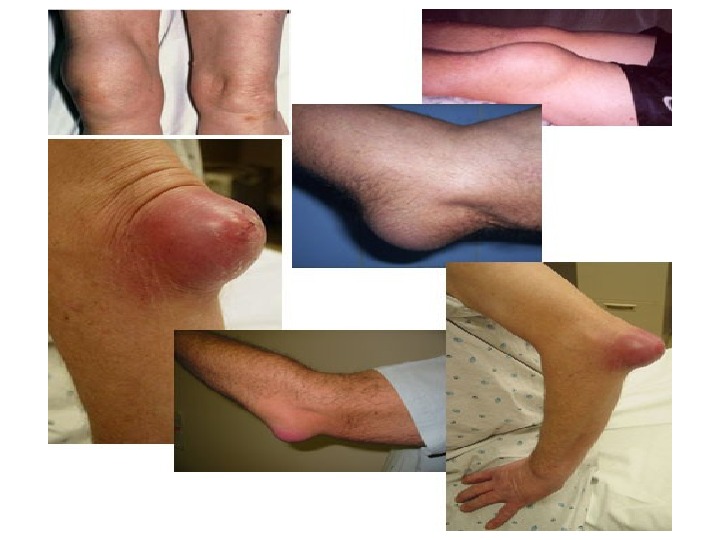
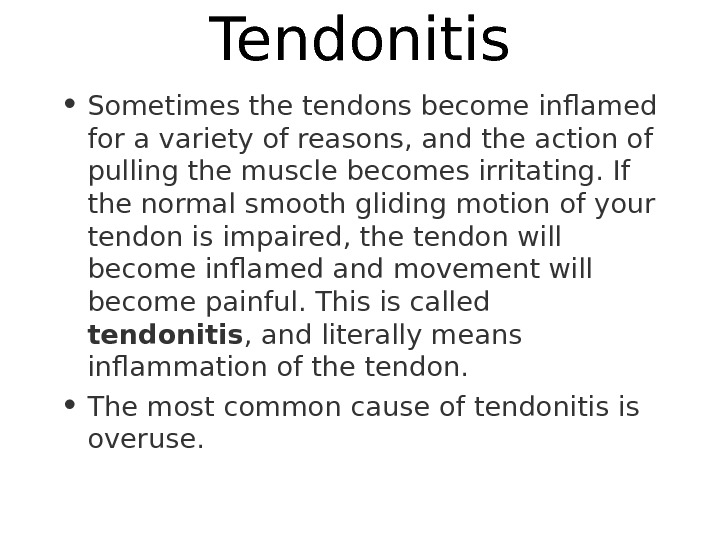
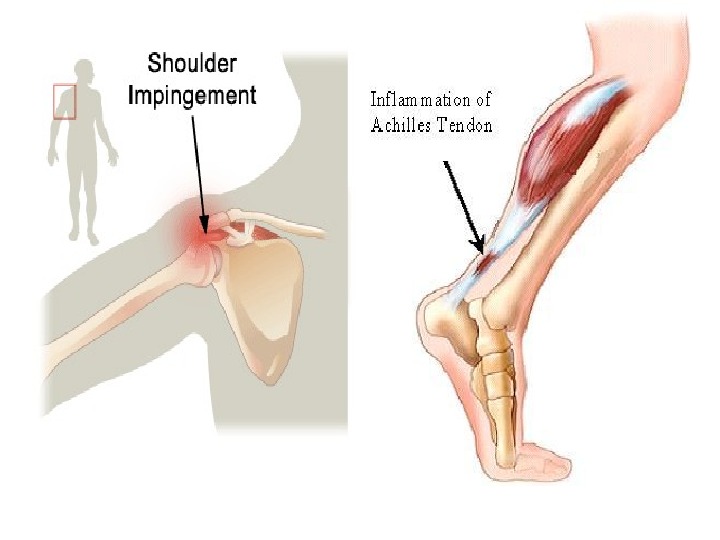
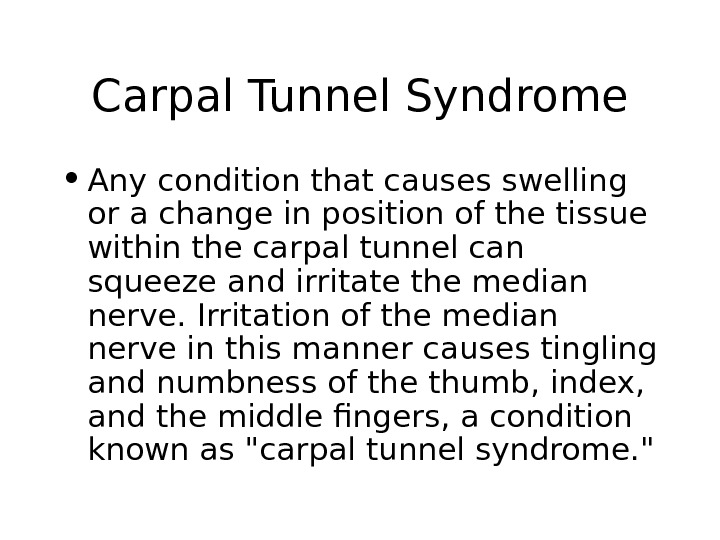
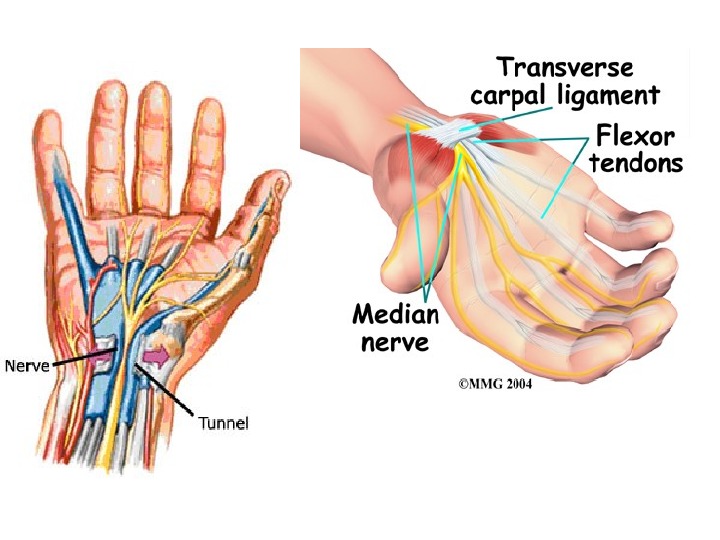
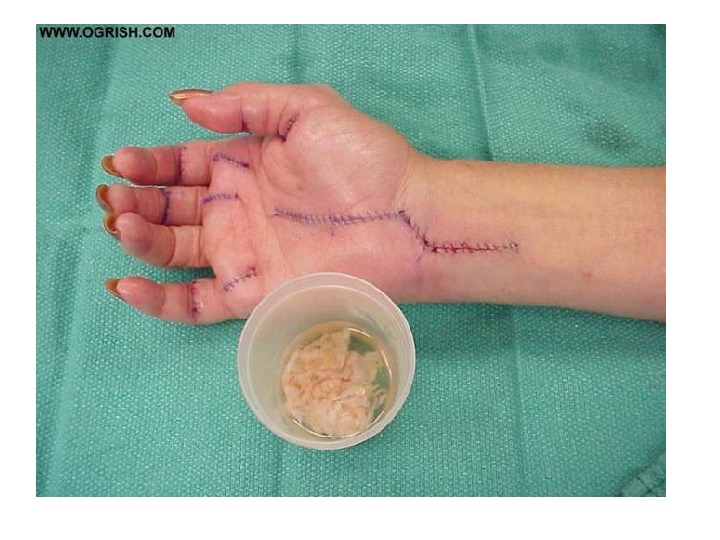
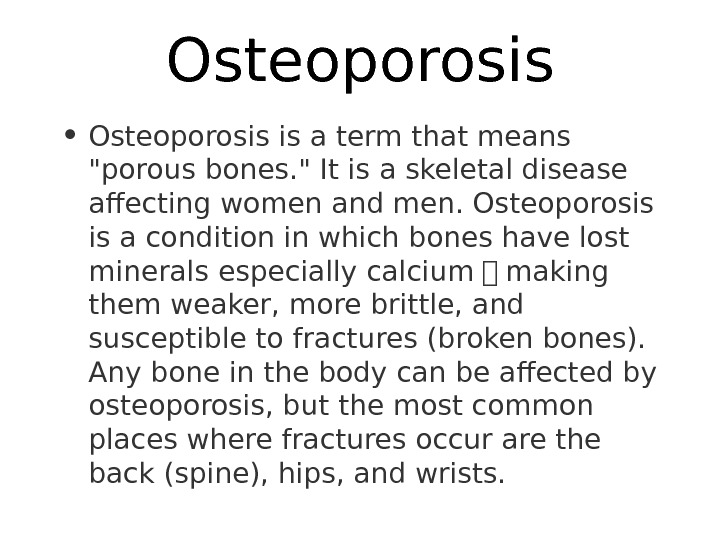
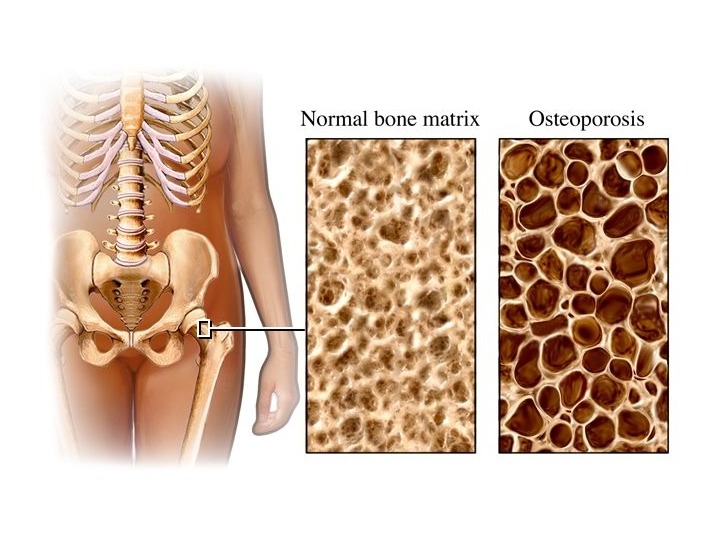
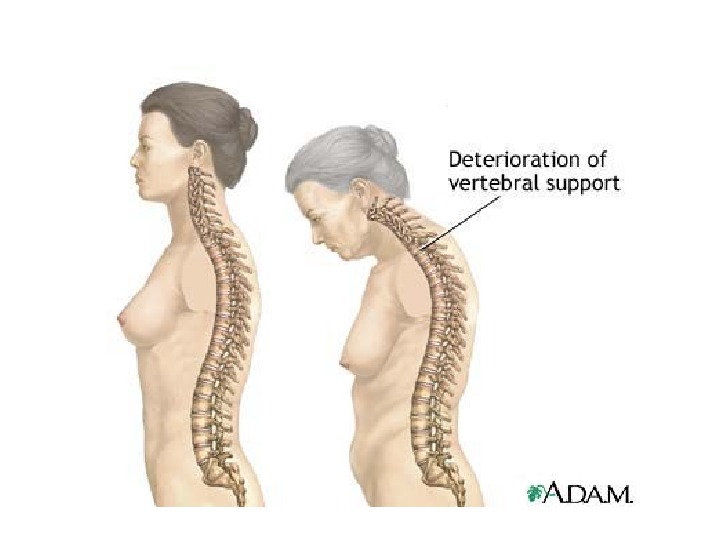
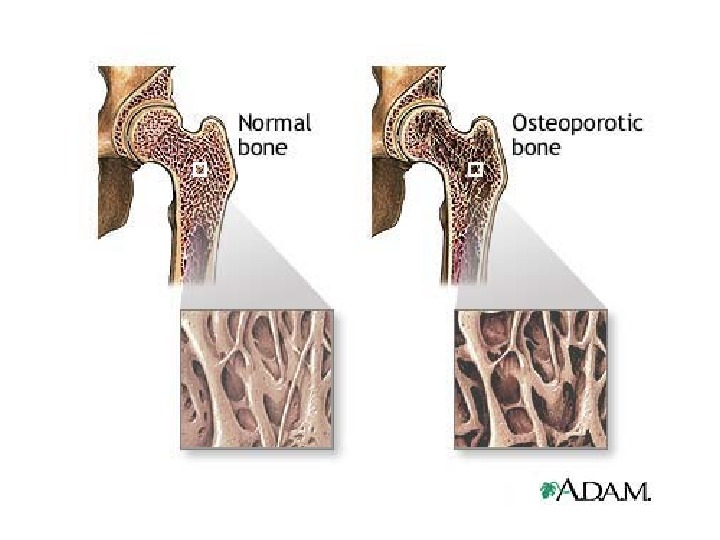

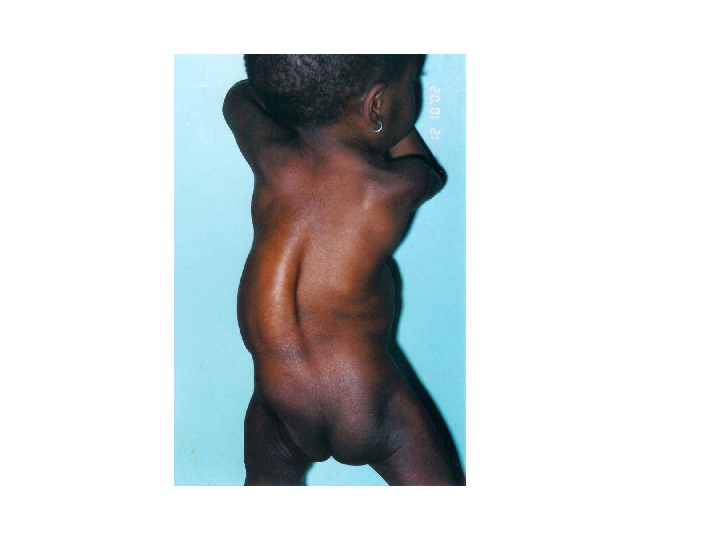
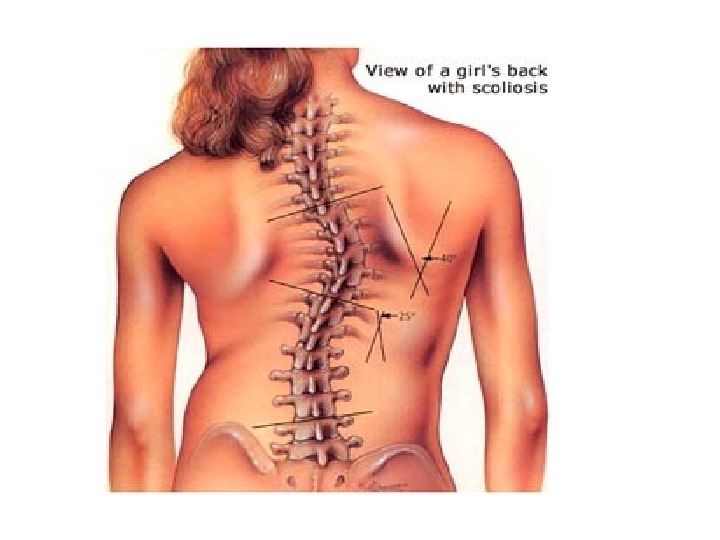
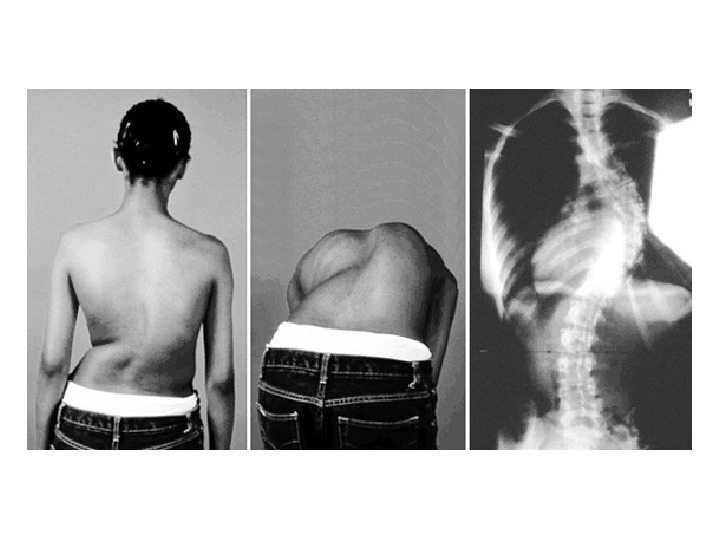
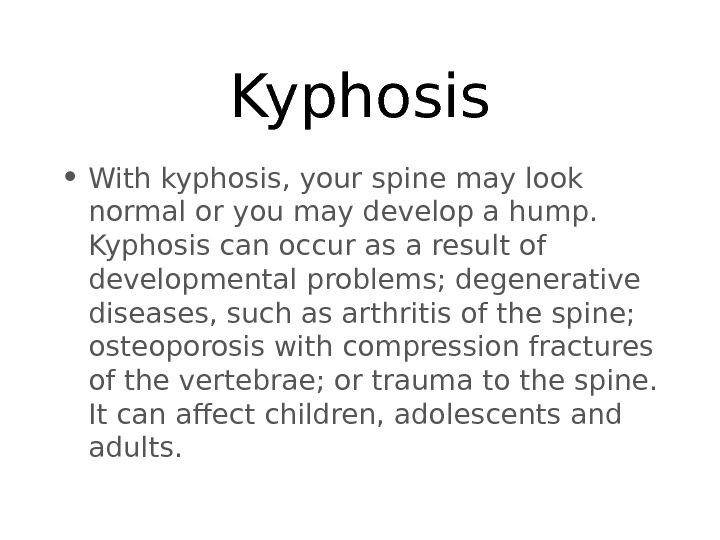
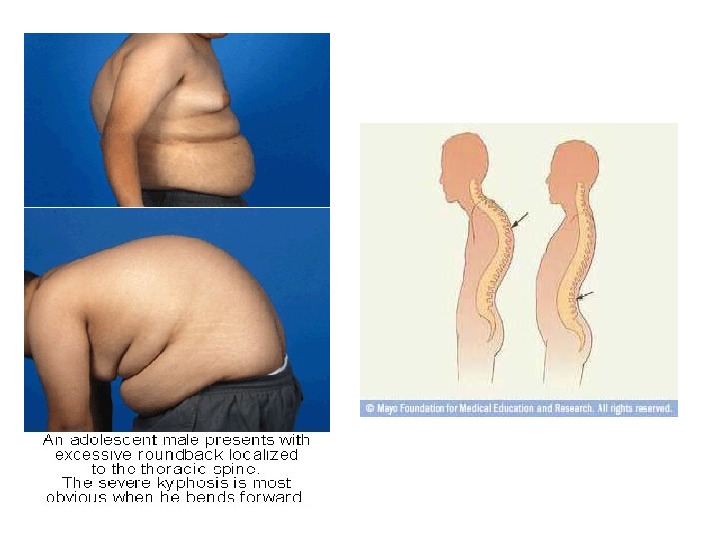
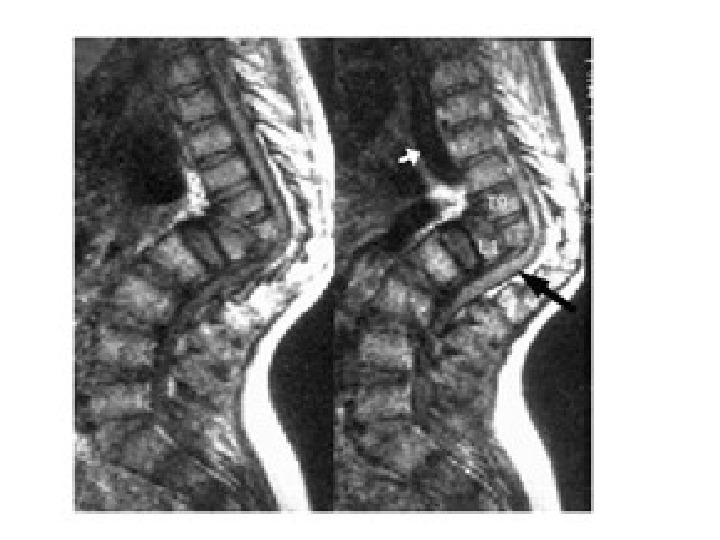
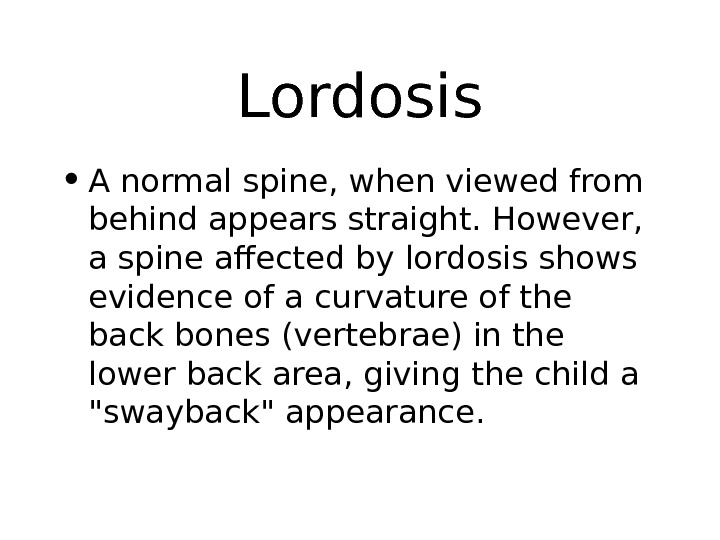
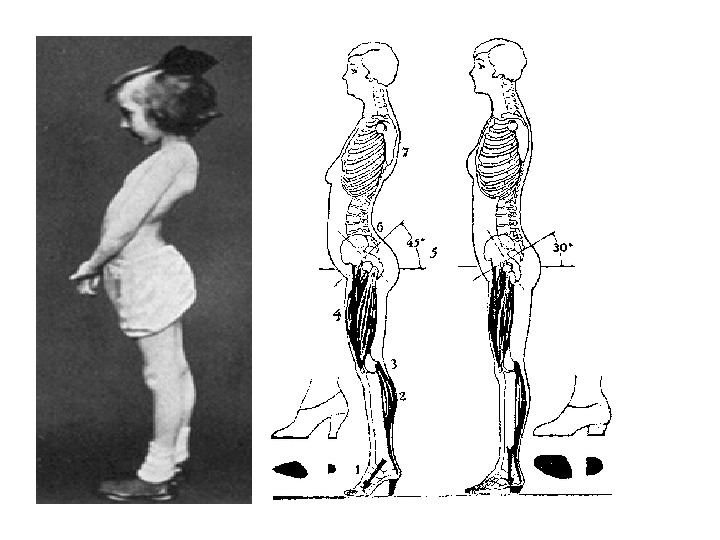
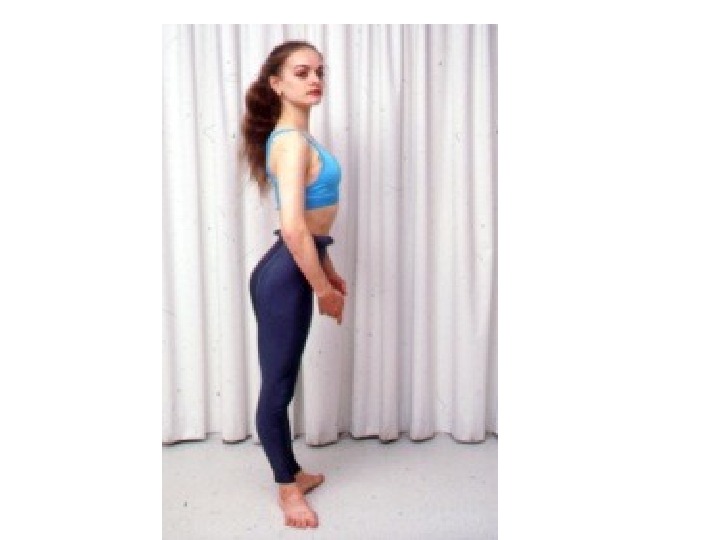

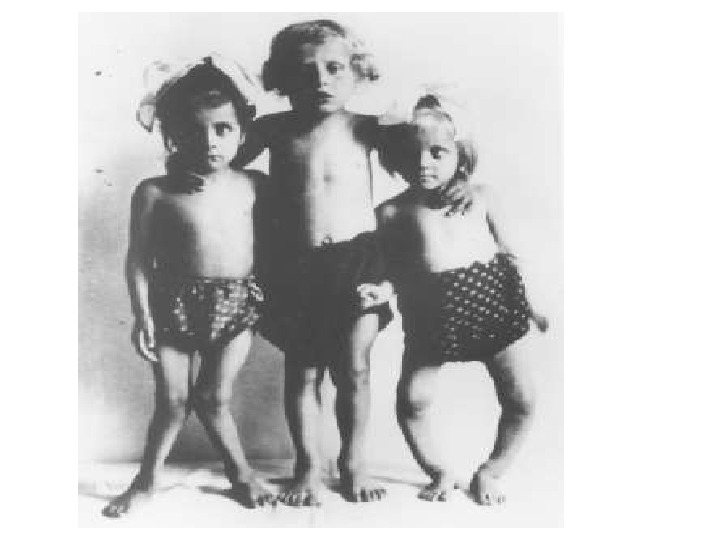
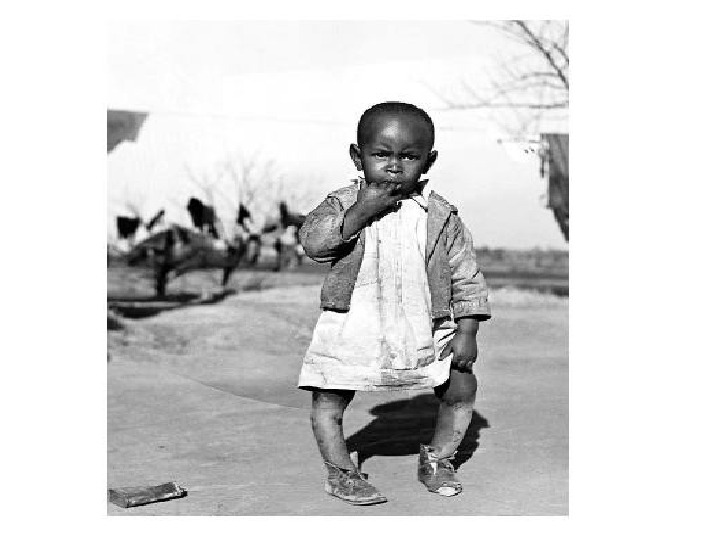
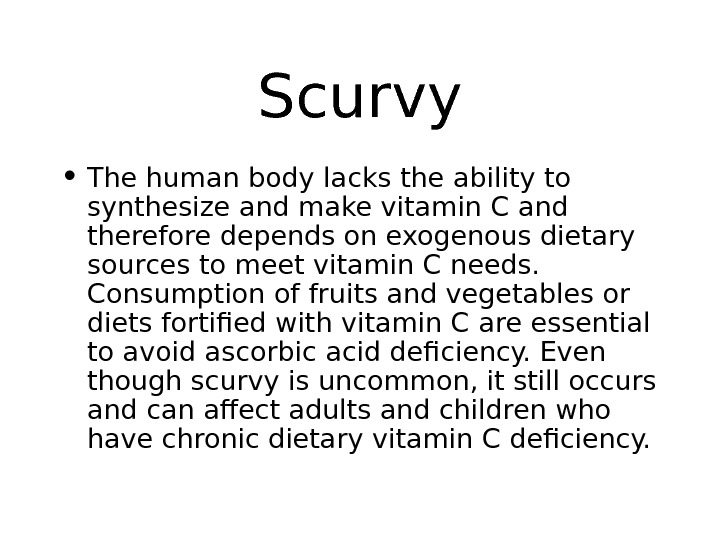
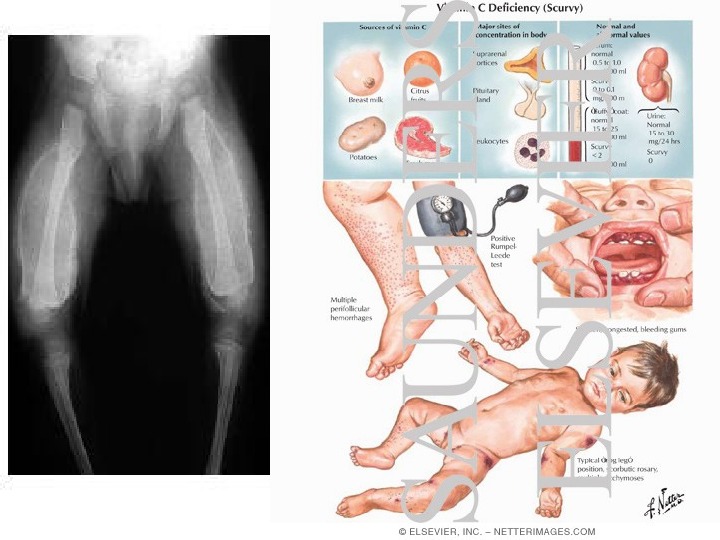
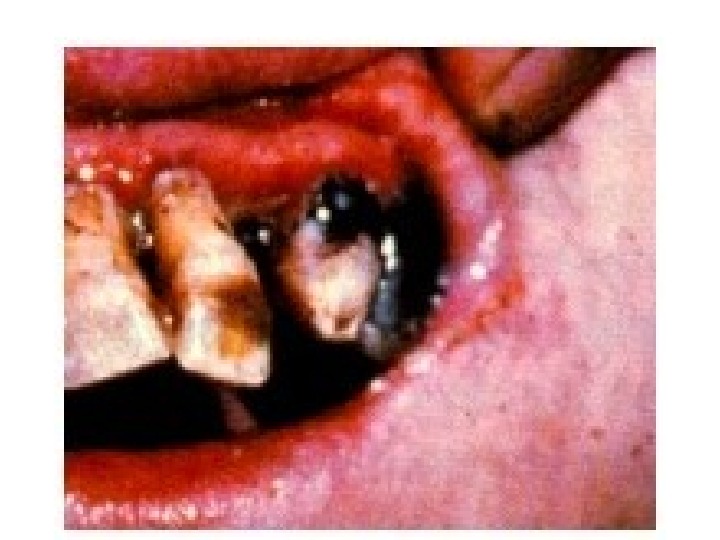

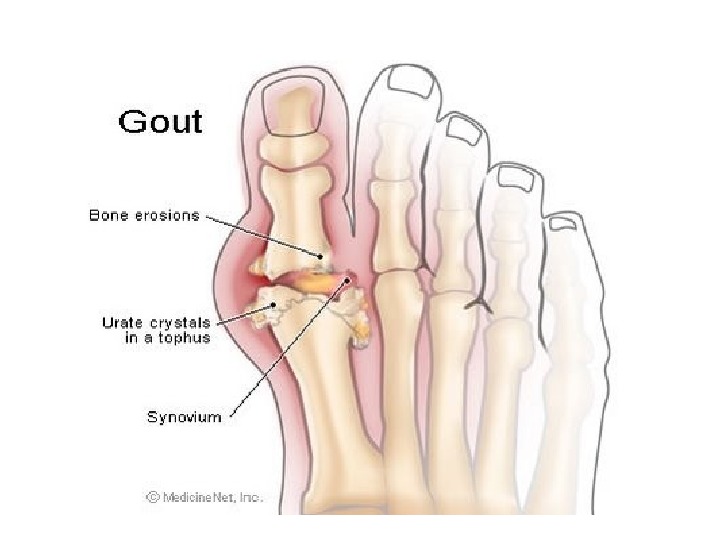
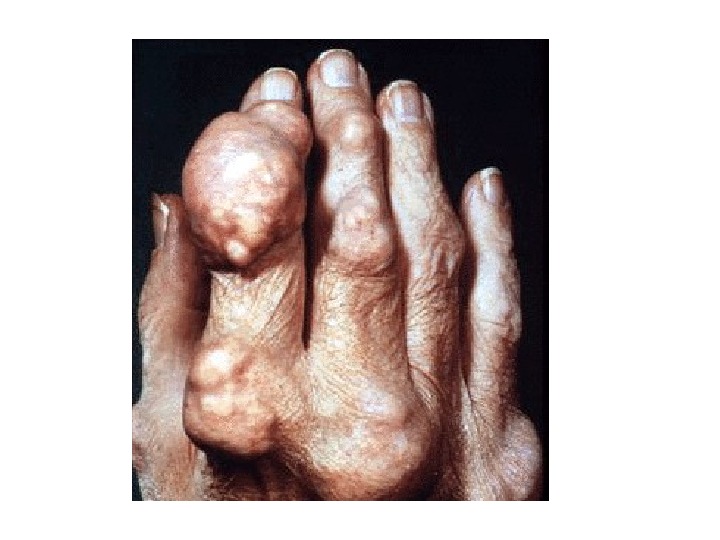
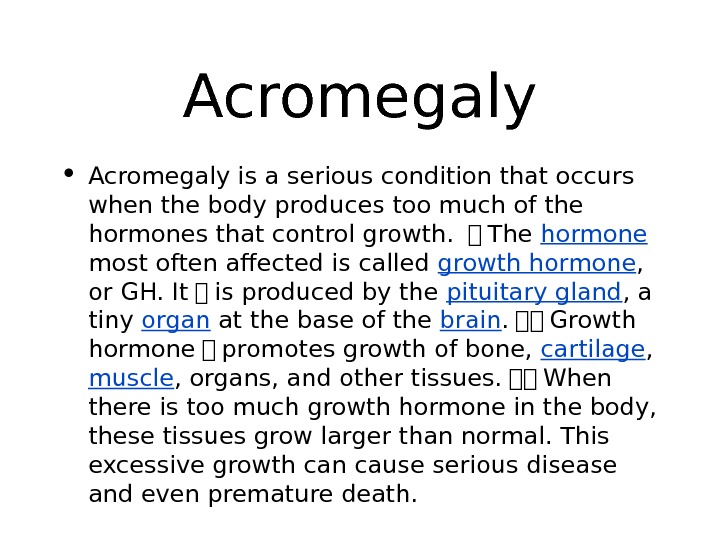
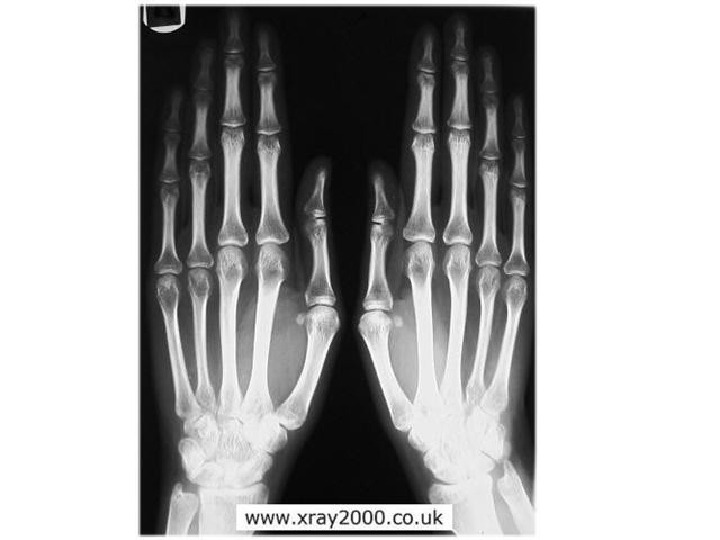
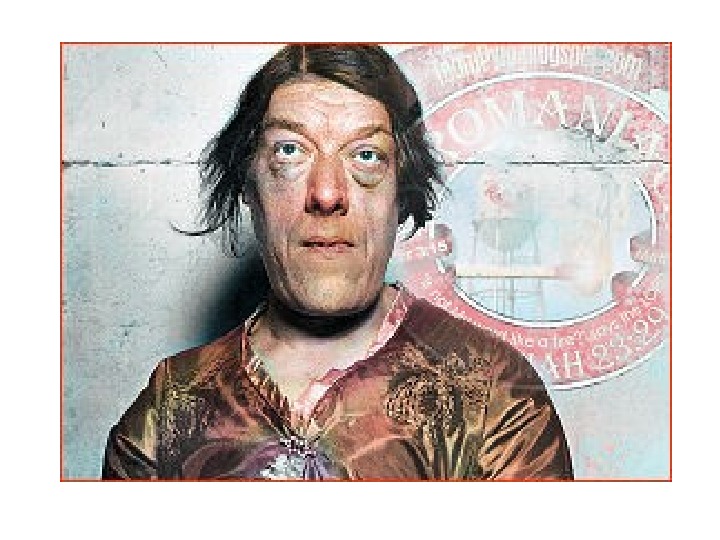
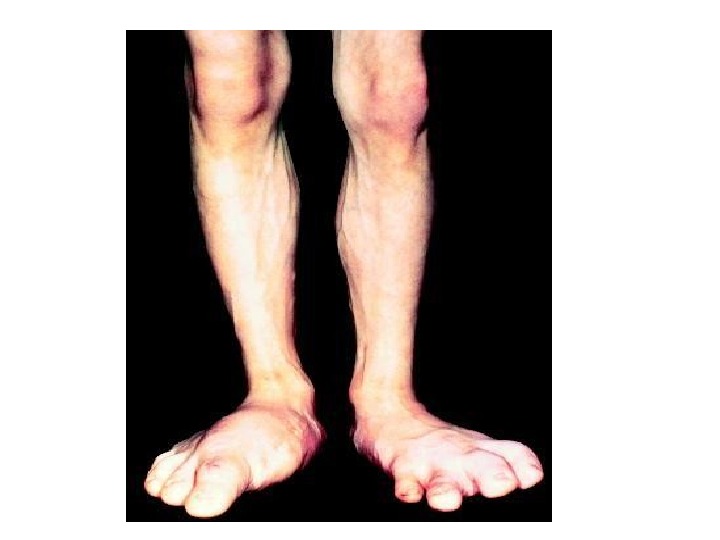
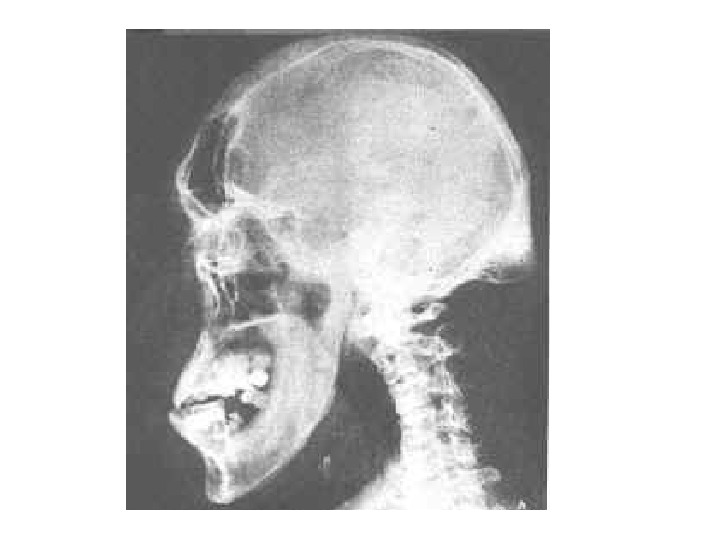
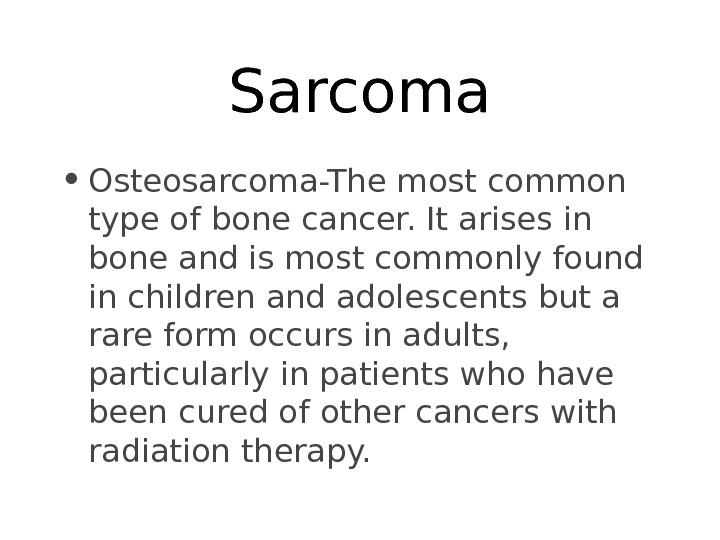
kinesiology-_syon_final_01.ppt
- Размер: 2.9 Mегабайта
- Количество слайдов: 62
Описание презентации The Skeletal System: Structure, Function, and Diseases по слайдам
 The Skeletal System: Structure, Function, and Diseases of the bones and joints
The Skeletal System: Structure, Function, and Diseases of the bones and joints
 The Skeletal System Copyright© 2003 Pearson. Education, Inc. publishingas. Benjamin. Cummings Parts of the skeletal system Bones (skeleton) Joints Cartilages Ligaments (bone to bone)(tendon=bone to muscle) Divided into two divisions Axial skeleton- skull, spinal column Appendicular skeleton – limbs and girdle
The Skeletal System Copyright© 2003 Pearson. Education, Inc. publishingas. Benjamin. Cummings Parts of the skeletal system Bones (skeleton) Joints Cartilages Ligaments (bone to bone)(tendon=bone to muscle) Divided into two divisions Axial skeleton- skull, spinal column Appendicular skeleton – limbs and girdle
 Functions of Bones Copyright© 2003 Pearson. Education, Inc. publishingas. Benjamin. Cummings Support of the body Protection of soft organs Movement due to attached skeletal muscles Storage of minerals and fats Blood cell formation
Functions of Bones Copyright© 2003 Pearson. Education, Inc. publishingas. Benjamin. Cummings Support of the body Protection of soft organs Movement due to attached skeletal muscles Storage of minerals and fats Blood cell formation
 The skeleton has 206 bones Two basic types of bone tissue Compact bone Homogeneous Spongy bone Small needle-like pieces of bone Many open spaces. Bones of the Human Body Copyright© 2003 Pearson. Education, Inc. publishingas. Benjamin. Cummings Figure 5. 2 b
The skeleton has 206 bones Two basic types of bone tissue Compact bone Homogeneous Spongy bone Small needle-like pieces of bone Many open spaces. Bones of the Human Body Copyright© 2003 Pearson. Education, Inc. publishingas. Benjamin. Cummings Figure 5. 2 b
 Bones are classified by their shape : 1. Long- bones are longer than they are wide (arms, legs) 2. Short- usually square in shape, cube like (wrist, ankle) 3. Flat- flat , curved (skull, Sternum) 4. Irregular- odd shapes (vertebrae, pelvis) 5. Sesamoid bones
Bones are classified by their shape : 1. Long- bones are longer than they are wide (arms, legs) 2. Short- usually square in shape, cube like (wrist, ankle) 3. Flat- flat , curved (skull, Sternum) 4. Irregular- odd shapes (vertebrae, pelvis) 5. Sesamoid bones
 Classification of Bones on the Basis of Shape Copyright© 2003 Pearson. Education, Inc. publishingas. Benjamin. Cummings Figure 5.
Classification of Bones on the Basis of Shape Copyright© 2003 Pearson. Education, Inc. publishingas. Benjamin. Cummings Figure 5.
 Types of Bone Cells Copyright© 2003 Pearson. Education, Inc. publishingas. Benjamin. Cummings Osteocytes Mature bone cells Osteoblasts Bone-forming cells Osteoclasts Bone-destroying cells Break down bone matrix for remodeling and release of calcium Bone remodeling is a process by both osteoblasts and osteoclasts
Types of Bone Cells Copyright© 2003 Pearson. Education, Inc. publishingas. Benjamin. Cummings Osteocytes Mature bone cells Osteoblasts Bone-forming cells Osteoclasts Bone-destroying cells Break down bone matrix for remodeling and release of calcium Bone remodeling is a process by both osteoblasts and osteoclasts
 Changes in the Human Skeleton Copyright© 2003 Pearson. Education, Inc. publishingas. Benjamin. Cummings In embryos , the skeleton is primarily hyaline cartilage During development, much of this cartilage is replaced by bone Cartilage remains in isolated areas Bridge of the nose Parts of ribs Joints
Changes in the Human Skeleton Copyright© 2003 Pearson. Education, Inc. publishingas. Benjamin. Cummings In embryos , the skeleton is primarily hyaline cartilage During development, much of this cartilage is replaced by bone Cartilage remains in isolated areas Bridge of the nose Parts of ribs Joints

 The Skull • 8 sutured bones in cranium • Facial bones: 13 sutured bones 1 mandible Cranium encases brain attachments for muscles sinuses
The Skull • 8 sutured bones in cranium • Facial bones: 13 sutured bones 1 mandible Cranium encases brain attachments for muscles sinuses

 Bones of the Skull Copyright© 2003 Pearson. Education, Inc. publishingas. Benjamin. Cummings Figure 5.
Bones of the Skull Copyright© 2003 Pearson. Education, Inc. publishingas. Benjamin. Cummings Figure 5.
 The Vertebral Column Slide 5. 28 Copyright© 2003 Pearson. Education, Inc. publishingas. Benjamin. Cummings Vertebrae separated by intervertebral discs made of cartilage The spine has a normal S curvature Each vertebrae is given a name according to its location Figure 5.
The Vertebral Column Slide 5. 28 Copyright© 2003 Pearson. Education, Inc. publishingas. Benjamin. Cummings Vertebrae separated by intervertebral discs made of cartilage The spine has a normal S curvature Each vertebrae is given a name according to its location Figure 5.

 Thoracic cage ribs thoracic Vertebrae sternum costal cartilages • True ribs are directly attached to the sternum (first seven pairs) • Three false ribs are joined to the 7 th rib • Two pairs of floating ribs
Thoracic cage ribs thoracic Vertebrae sternum costal cartilages • True ribs are directly attached to the sternum (first seven pairs) • Three false ribs are joined to the 7 th rib • Two pairs of floating ribs

 Joints A joint, or articulation, is the place where two bones come together. • Fibrous — Immovable : connect bones, no movement. (skull and pelvis). • Cartilaginous — slightly movable, bones are attached by cartilage, a little movement (spine or ribs). • Synovial — freely movable , much more movement than cartilaginous joints. Cavities between bones are filled with synovial fluid. This fluid helps lubricate and protect the bones.
Joints A joint, or articulation, is the place where two bones come together. • Fibrous — Immovable : connect bones, no movement. (skull and pelvis). • Cartilaginous — slightly movable, bones are attached by cartilage, a little movement (spine or ribs). • Synovial — freely movable , much more movement than cartilaginous joints. Cavities between bones are filled with synovial fluid. This fluid helps lubricate and protect the bones.
 Types of Joints Hinge- A hinge joint allows extension and retraction of an appendage. (Elbow, Knee)
Types of Joints Hinge- A hinge joint allows extension and retraction of an appendage. (Elbow, Knee)
 Ball and Socket- A ball and socket joint allows for radial movement in almost any direction. They are found in the hips and shoulders. (Hip, Shoulder)
Ball and Socket- A ball and socket joint allows for radial movement in almost any direction. They are found in the hips and shoulders. (Hip, Shoulder)
 Gliding- In a gliding or plane joint bones slide past each other. Mid-carpal and mid-tarsal joints are gliding joints. (Hands, Feet)
Gliding- In a gliding or plane joint bones slide past each other. Mid-carpal and mid-tarsal joints are gliding joints. (Hands, Feet)
 Saddle- This type of joint occurs when the touching surfaces of two bones have both concave and convex regions with the shapes of the two bones complementing one other and allowing a wide range of movement. (Thumb)
Saddle- This type of joint occurs when the touching surfaces of two bones have both concave and convex regions with the shapes of the two bones complementing one other and allowing a wide range of movement. (Thumb)
 Diseases and Conditions of the Skeletal System
Diseases and Conditions of the Skeletal System
 Arthritis
Arthritis



 Bursitis • Inflammation of the Bursa (fluid filled sac surrounding the joint). • A bursa can become inflamed from injury, infection (rare in the shoulder), or due to an underlying rheumatic condition. • Bursitis is typically identified by localized pain or swelling, tenderness, and pain with motion of the tissues in the affected area.
Bursitis • Inflammation of the Bursa (fluid filled sac surrounding the joint). • A bursa can become inflamed from injury, infection (rare in the shoulder), or due to an underlying rheumatic condition. • Bursitis is typically identified by localized pain or swelling, tenderness, and pain with motion of the tissues in the affected area.

 Tendonitis • Sometimes the tendons become inflamed for a variety of reasons, and the action of pulling the muscle becomes irritating. If the normal smooth gliding motion of your tendon is impaired, the tendon will become inflamed and movement will become painful. This is called tendonitis , and literally means inflammation of the tendon. • The most common cause of tendonitis is overuse.
Tendonitis • Sometimes the tendons become inflamed for a variety of reasons, and the action of pulling the muscle becomes irritating. If the normal smooth gliding motion of your tendon is impaired, the tendon will become inflamed and movement will become painful. This is called tendonitis , and literally means inflammation of the tendon. • The most common cause of tendonitis is overuse.

 Carpal Tunnel Syndrome • Any condition that causes swelling or a change in position of the tissue within the carpal tunnel can squeeze and irritate the median nerve. Irritation of the median nerve in this manner causes tingling and numbness of the thumb, index, and the middle fingers, a condition known as «carpal tunnel syndrome. «
Carpal Tunnel Syndrome • Any condition that causes swelling or a change in position of the tissue within the carpal tunnel can squeeze and irritate the median nerve. Irritation of the median nerve in this manner causes tingling and numbness of the thumb, index, and the middle fingers, a condition known as «carpal tunnel syndrome. «


 Osteoporosis • Osteoporosis is a term that means «porous bones. » It is a skeletal disease affecting women and men. Osteoporosis is a condition in which bones have lost minerals especially calcium ム making them weaker, more brittle, and susceptible to fractures (broken bones). Any bone in the body can be affected by osteoporosis, but the most common places where fractures occur are the back (spine), hips, and wrists.
Osteoporosis • Osteoporosis is a term that means «porous bones. » It is a skeletal disease affecting women and men. Osteoporosis is a condition in which bones have lost minerals especially calcium ム making them weaker, more brittle, and susceptible to fractures (broken bones). Any bone in the body can be affected by osteoporosis, but the most common places where fractures occur are the back (spine), hips, and wrists.



 Scoliosis • Scoliosis is an abnormal curvature of the spine. If your child has scoliosis, the view from behind may reveal one or more abnormal curves. Scoliosis runs in families, but doctors often don’t know the cause. More girls than boys have severe scoliosis. Adult scoliosis may be a worsening of a condition that began in childhood, but wasn’t diagnosed or treated. In other cases, scoliosis may result from a degenerative joint condition in the spine.
Scoliosis • Scoliosis is an abnormal curvature of the spine. If your child has scoliosis, the view from behind may reveal one or more abnormal curves. Scoliosis runs in families, but doctors often don’t know the cause. More girls than boys have severe scoliosis. Adult scoliosis may be a worsening of a condition that began in childhood, but wasn’t diagnosed or treated. In other cases, scoliosis may result from a degenerative joint condition in the spine.



 Kyphosis • With kyphosis, your spine may look normal or you may develop a hump. Kyphosis can occur as a result of developmental problems; degenerative diseases, such as arthritis of the spine; osteoporosis with compression fractures of the vertebrae; or trauma to the spine. It can affect children, adolescents and adults.
Kyphosis • With kyphosis, your spine may look normal or you may develop a hump. Kyphosis can occur as a result of developmental problems; degenerative diseases, such as arthritis of the spine; osteoporosis with compression fractures of the vertebrae; or trauma to the spine. It can affect children, adolescents and adults.


 Lordosis • A normal spine, when viewed from behind appears straight. However, a spine affected by lordosis shows evidence of a curvature of the back bones (vertebrae) in the lower back area, giving the child a «swayback» appearance.
Lordosis • A normal spine, when viewed from behind appears straight. However, a spine affected by lordosis shows evidence of a curvature of the back bones (vertebrae) in the lower back area, giving the child a «swayback» appearance.


 Rickets • Rickets is the softening and weakening of bones in children, usually because of an extreme and prolonged vitamin D deficiency. • Some skeletal deformities caused by rickets may need corrective surgery.
Rickets • Rickets is the softening and weakening of bones in children, usually because of an extreme and prolonged vitamin D deficiency. • Some skeletal deformities caused by rickets may need corrective surgery.


 Scurvy • The human body lacks the ability to synthesize and make vitamin C and therefore depends on exogenous dietary sources to meet vitamin C needs. Consumption of fruits and vegetables or diets fortified with vitamin C are essential to avoid ascorbic acid deficiency. Even though scurvy is uncommon, it still occurs and can affect adults and children who have chronic dietary vitamin C deficiency.
Scurvy • The human body lacks the ability to synthesize and make vitamin C and therefore depends on exogenous dietary sources to meet vitamin C needs. Consumption of fruits and vegetables or diets fortified with vitamin C are essential to avoid ascorbic acid deficiency. Even though scurvy is uncommon, it still occurs and can affect adults and children who have chronic dietary vitamin C deficiency.


 Gout • Gout is a disease that results from an overload of uric acid in the body. This overload of uric acid leads to the formation of tiny crystals of urate that deposit in tissues of the body, especially the joints. When crystals form in the joints it causes recurring attacks of joint inflammation ( arthritis ). Chronic gout can also lead to deposits of hard lumps of uric acid in and around the joints and may cause joint destruction, decreased kidney function, and kidney stones.
Gout • Gout is a disease that results from an overload of uric acid in the body. This overload of uric acid leads to the formation of tiny crystals of urate that deposit in tissues of the body, especially the joints. When crystals form in the joints it causes recurring attacks of joint inflammation ( arthritis ). Chronic gout can also lead to deposits of hard lumps of uric acid in and around the joints and may cause joint destruction, decreased kidney function, and kidney stones.


 Acromegaly • Acromegaly is a serious condition that occurs when the body produces too much of the hormones that control growth. ム The hormone most often affected is called growth hormone , or GH. It ム is produced by the pituitary gland , a tiny organ at the base of the brain. ムム Growth hormone ム promotes growth of bone, cartilage , muscle , organs, and other tissues. ムム When there is too much growth hormone in the body, these tissues grow larger than normal. This excessive growth can cause serious disease and even premature death.
Acromegaly • Acromegaly is a serious condition that occurs when the body produces too much of the hormones that control growth. ム The hormone most often affected is called growth hormone , or GH. It ム is produced by the pituitary gland , a tiny organ at the base of the brain. ムム Growth hormone ム promotes growth of bone, cartilage , muscle , organs, and other tissues. ムム When there is too much growth hormone in the body, these tissues grow larger than normal. This excessive growth can cause serious disease and even premature death.




 Sarcoma • Osteosarcoma-The most common type of bone cancer. It arises in bone and is most commonly found in children and adolescents but a rare form occurs in adults, particularly in patients who have been cured of other cancers with radiation therapy.
Sarcoma • Osteosarcoma-The most common type of bone cancer. It arises in bone and is most commonly found in children and adolescents but a rare form occurs in adults, particularly in patients who have been cured of other cancers with radiation therapy.

